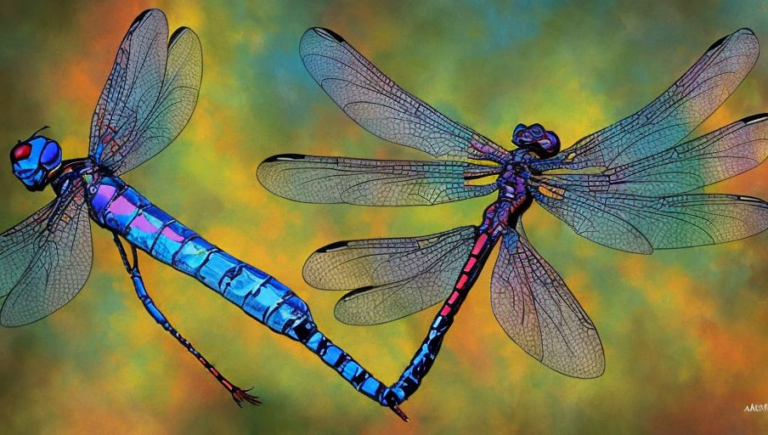Colonies of Ants

Introduction
Ants are one of the most abundant creatures on Earth and are found in almost every corner of the planet. Ants are social insects that live in large colonies and cooperate with each other to survive. The colonies are organized and structured, and the ants rely on each other to keep the colony running. Ant colonies can vary in size, ranging from a few dozen individuals to millions of ants.
Division of Labor
In an ant colony, there is a division of labor among the ants. The most common division of labor is between the reproductive and non-reproductive ants. The reproductive ants, such as the queen, are responsible for laying eggs and reproducing. The non-reproductive ants are responsible for foraging for food, building and maintaining the colony, and protecting the colony from predators. Each ant has a specific job to do in order to keep the colony running.
Communication
Ants communicate with each other using a combination of chemical, tactile, and visual signals. Chemicals are used to mark trails, alert other ants of danger, and signal distress. Tactile communication involves the ants touching one another in order to communicate. Visual communication involves the ants using their antennae to “talk” to each other.
Nest Building
Ants build their nests in the ground or in trees. The ants build the nest by digging and carrying pieces of soil, wood, and other materials to form the walls of the nest. The nest is designed to protect the colony from predators and the elements. Some ant species build complex nests with multiple chambers and tunnels.
Foraging for Food
Ants forage for food by leaving the nest and searching for food sources. The ants use their antennae to detect food and then follow the trail back to the nest. The ants collect food such as seeds, nectar, and small insects. They also collect water and bring it back to the nest to share with the other ants.
Predator Protection
Ants protect their colonies from predators by forming defensive lines and attacking the intruders. The ants also use chemical signals to alert other ants of the presence of a predator. If the predator is too strong for the ants to fight off, the ants will retreat to the safety of the nest.
Conclusion
Ants are fascinating creatures that live in colonies and have a division of labor among the ants. They communicate using a combination of chemical, tactile, and visual signals. They build nests in the ground or in trees and forage for food sources. Finally, ants protect their colonies from predators by forming defensive lines and attacking intruders.





